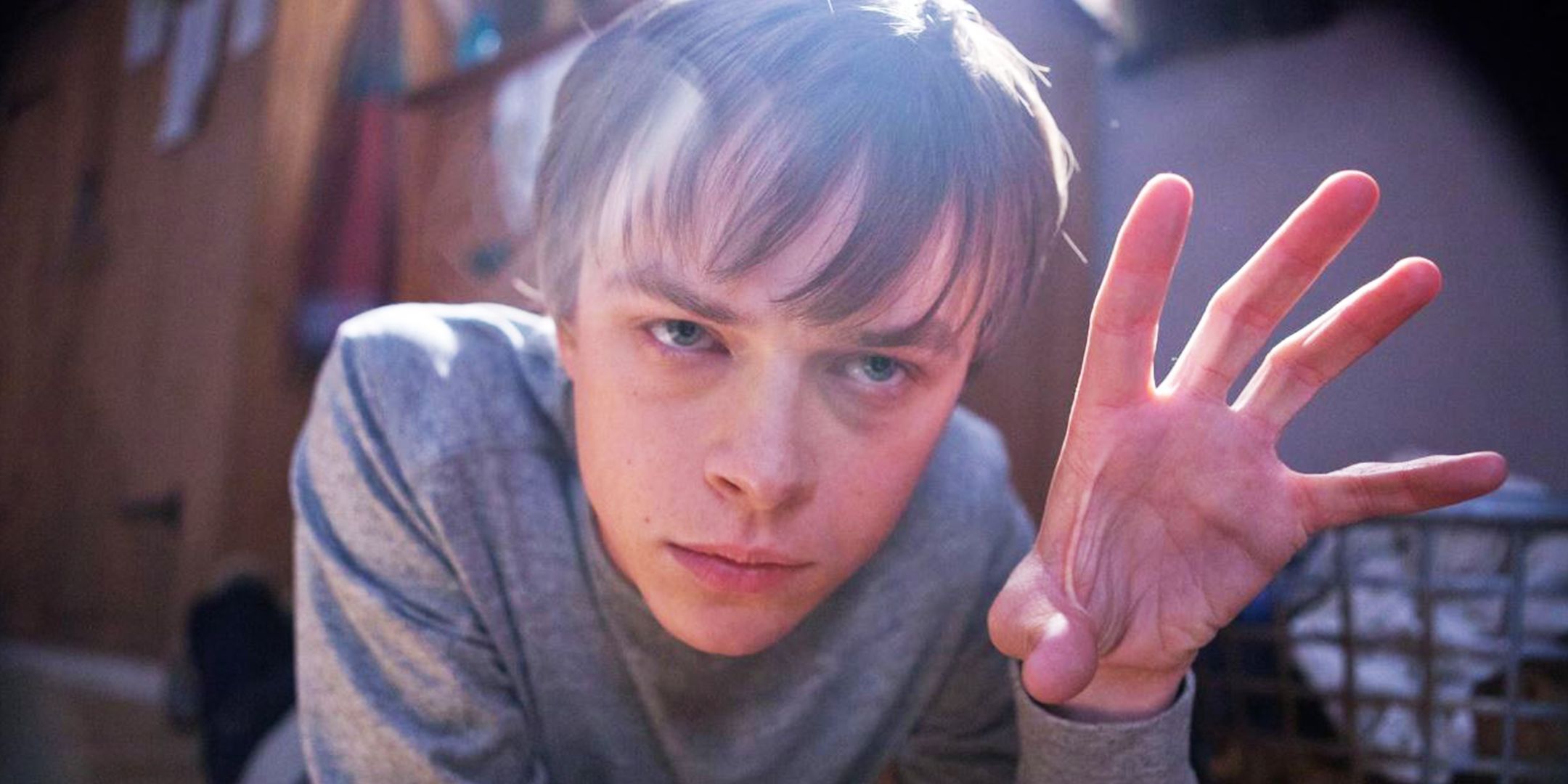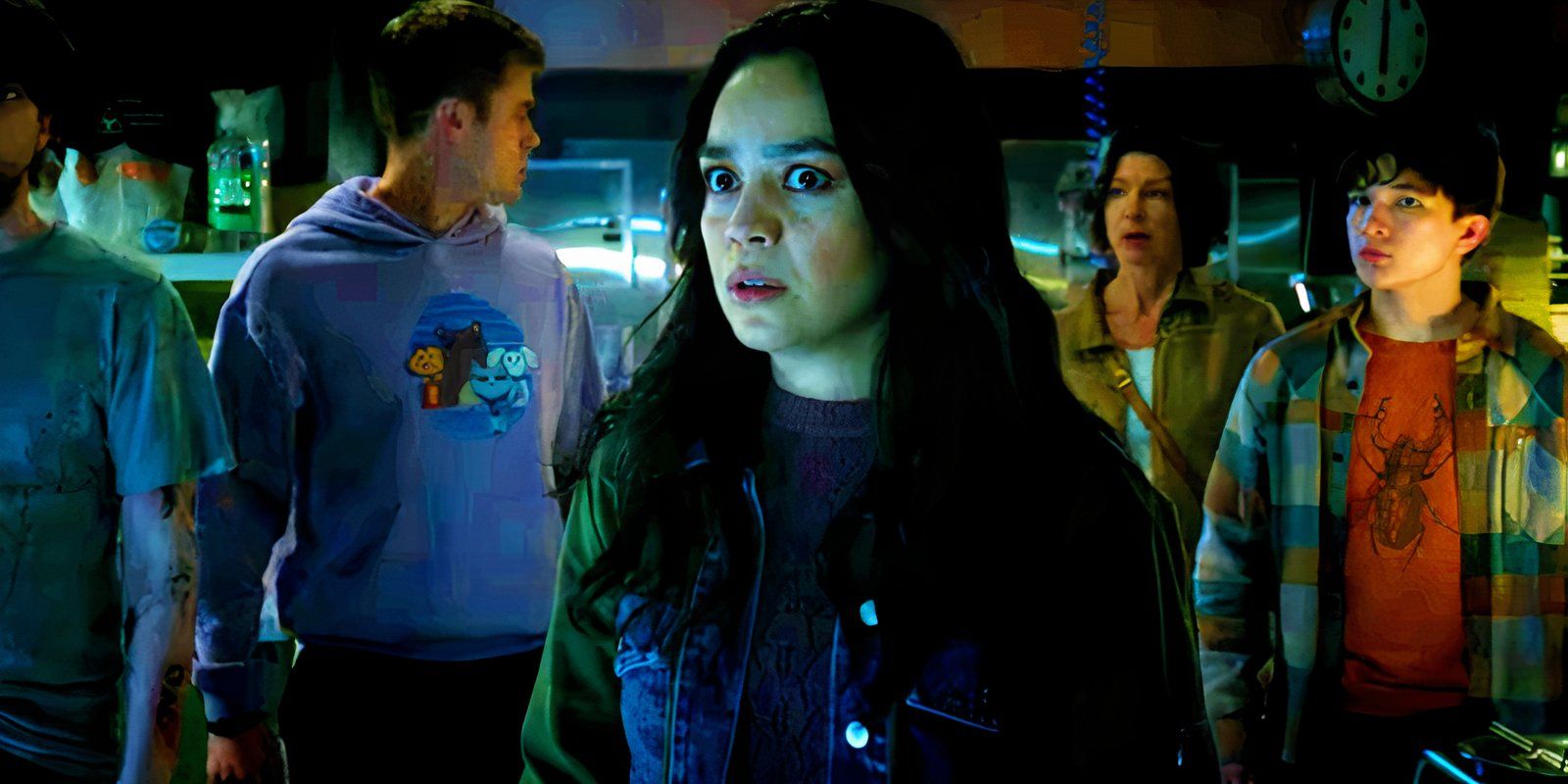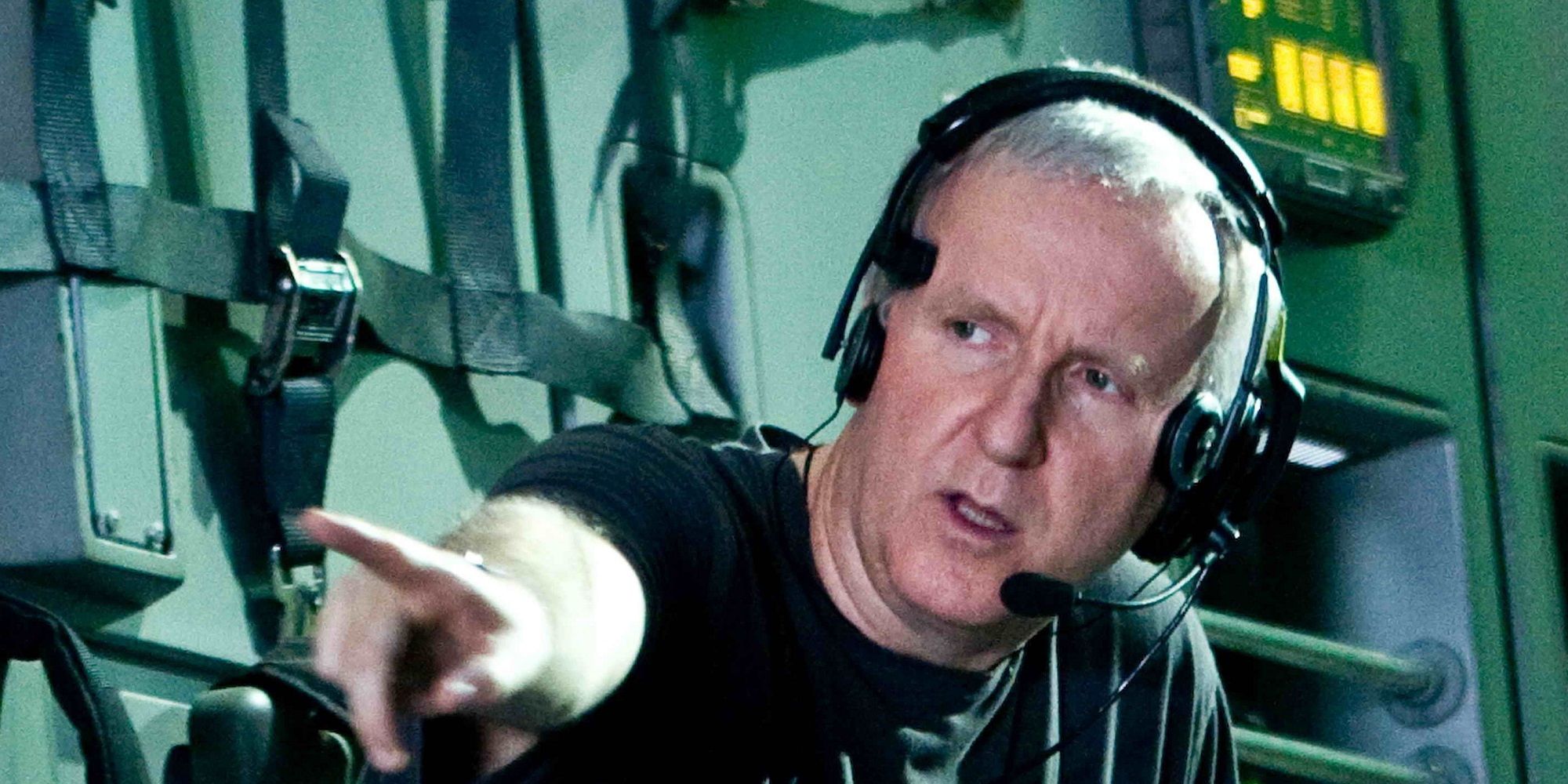Related
Cameron ’s biggest challenges with Avatar ’s sequels will be in assure the technology is up to cancel and then incentivizing audiences to pay the extra dollars to see the cinema as he think it to be understand . One of his great speciality as a filmmaker is in his primal understanding that issue and technology should be in aid of something vainglorious , and not the end resultant . Avatar ’s story may have been a familiar re - tread of films likeFern GullyandDances With Wolves , but it was a solid enough groundwork to fend for the dazzling result . It offered a beautiful world and live it with people deserving caring about . The total experience offered looker something to invest in and they were willing to leave out the flaws . That wo n’t be so well-heeled with the sequels . Those same audiences have in high spirits outlook now , and what was once a knickknack is now equivalence for the course thanks to clap blockbusters like the recentPlanet of the Apesprequel trilogy and the glut of expanded universe franchises that occupy up the calendar class after twelvemonth . bring interesting effects to the screen is n’t enough . If it were , Valerian and the City of a Thousand Planetswould be the swelled celluloid of the year instead of one of its biggest flop .
Cameron ’s ambition for 3D is a high-minded one . While go for honorary rank into the Society of Motion Picture and Television Engineers , he position outhis plan for the Avatar sequels and their use of the technology :
I’m going to push . Not only for well tools , workflow , mellow dynamical range ( HDR ) and mellow frame rate ( HFR ) the things we are knead toward . I ’m still very bullish on 3-D , but we need brighter projection , and ultimately I think it can happen with no glass . We ’ll get there.

The engineering will surely happen , and if anyone is to use it for the picture palace first it will be Cameron , but there are audience perceptions that can not be command so easily . Any headache or optic nervous strain matter with glasses - detached 3D must be classify out before learn it to the mainstream . High frame rates bid huge creative exemption for VFX - heavy films but many viewing audience get hold them to hinder the viewing experience . Peter Jackson ’s use of a 48 frame per 2d ( FPS ) pace inThe Hobbittrilogy inspired many headlines about the future tense of photographic film but the end result was less telling . Everything matte too close to the audience , and spoiled the much - needed suspension of disbelief . This is a job that also troubled Ang Lee ’s adaptation ofBilly Lynn ’s Long Halftime Walk . Most viewers did n’t see that in the planned 120 frames per second extra - gamey skeletal system rate , but those who did criticized it for being near impossible to watch . Avatarcould overwhelm this hurdle by merit of being an almost exclusively effects - driven moving-picture show , but that ’s a big if ' .
Few director have as much to prove as James Cameron . Despite his unbelievable achievements and record break profits , he ’s still rather easy to save off in the face of an industry that ’s already been there and done everything . With the planned four sequels toAvatar , he has many mountains to climb up before ask to convince audiences to invest in 3D. The smart people say always wager on Cameron but his continued investment in 3D may signal a time where his reach far surmount his reach .
MORE:WETA DIGITAL OFFICIALLY BEGINS WORK ON THE AVATAR SEQUELS



